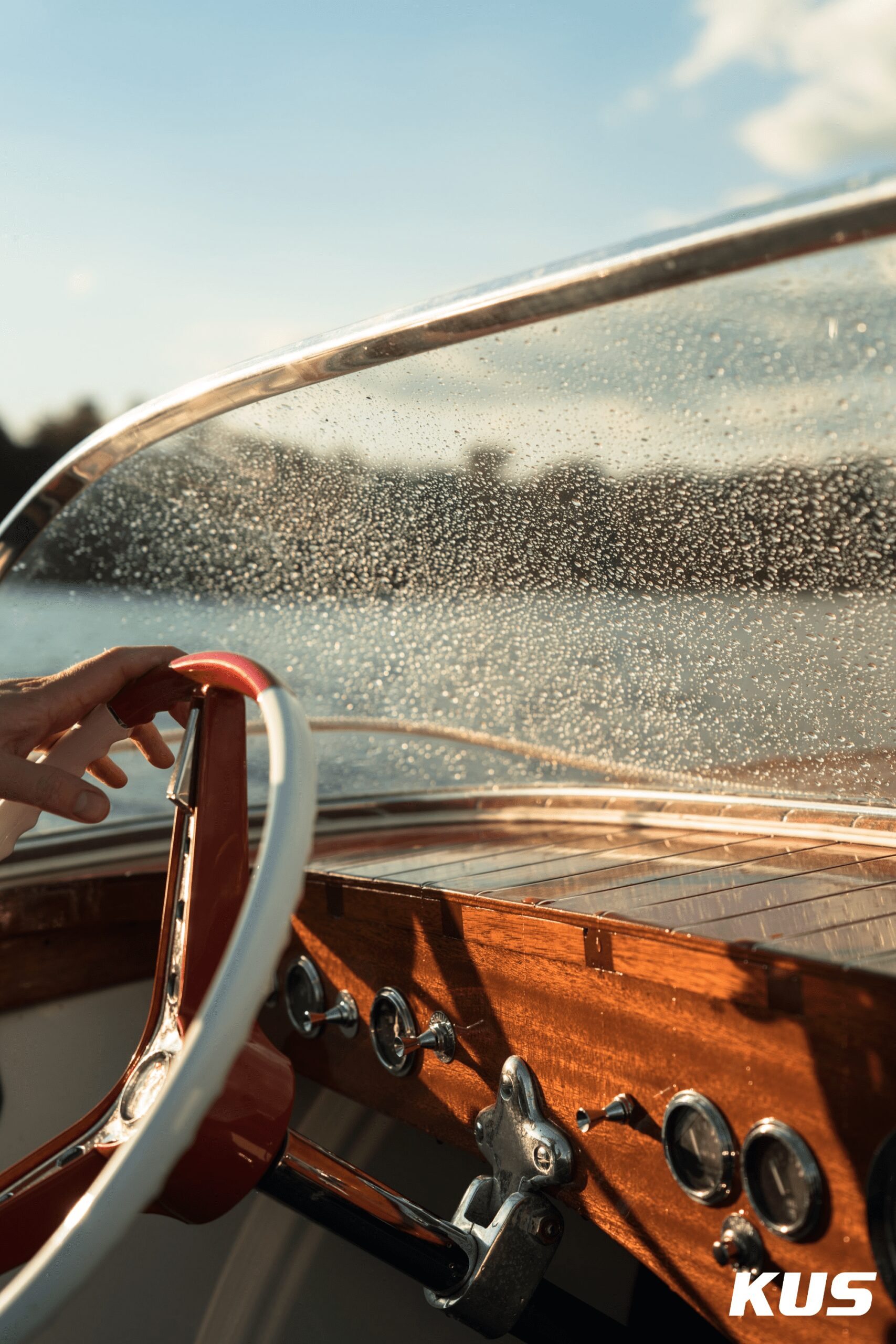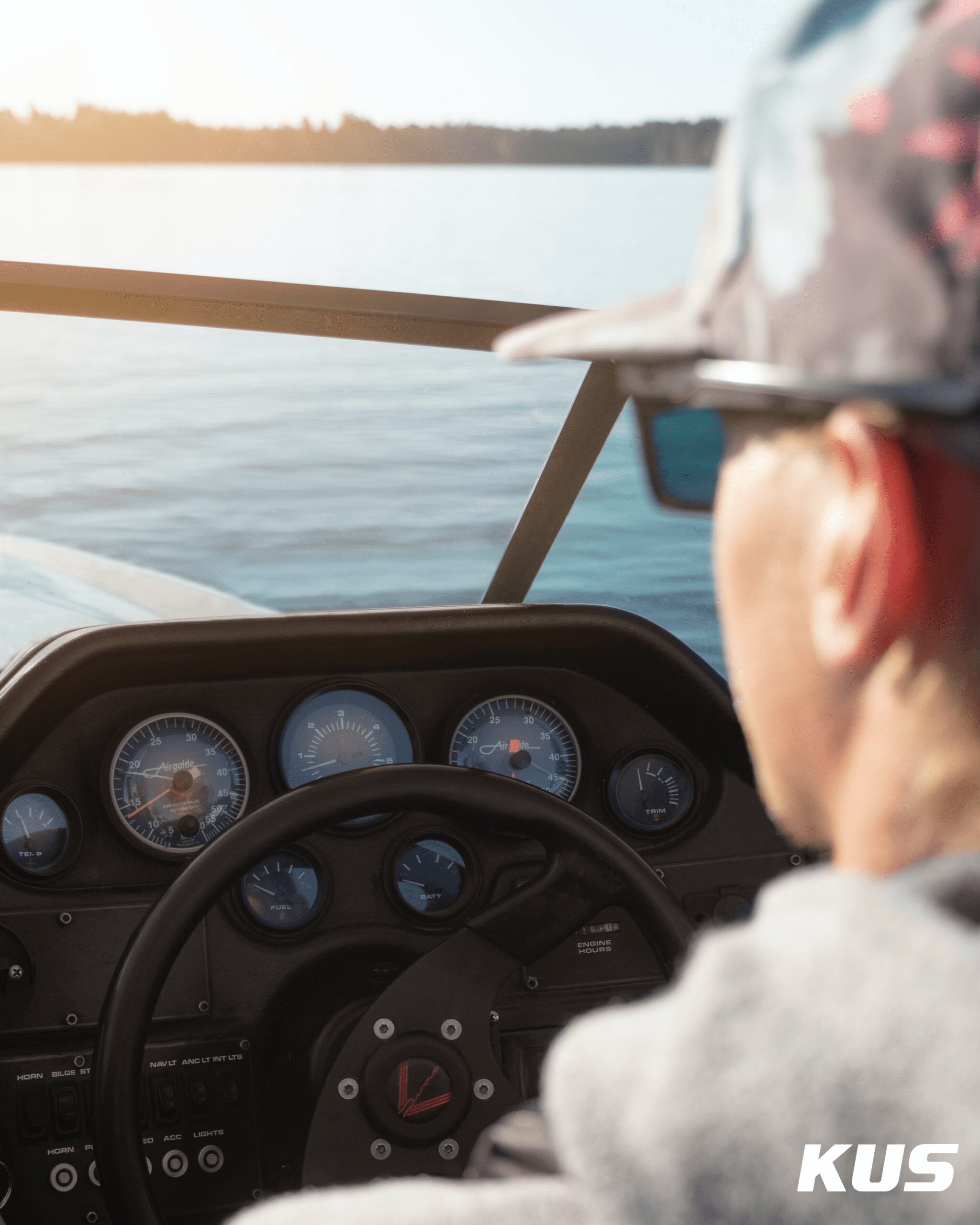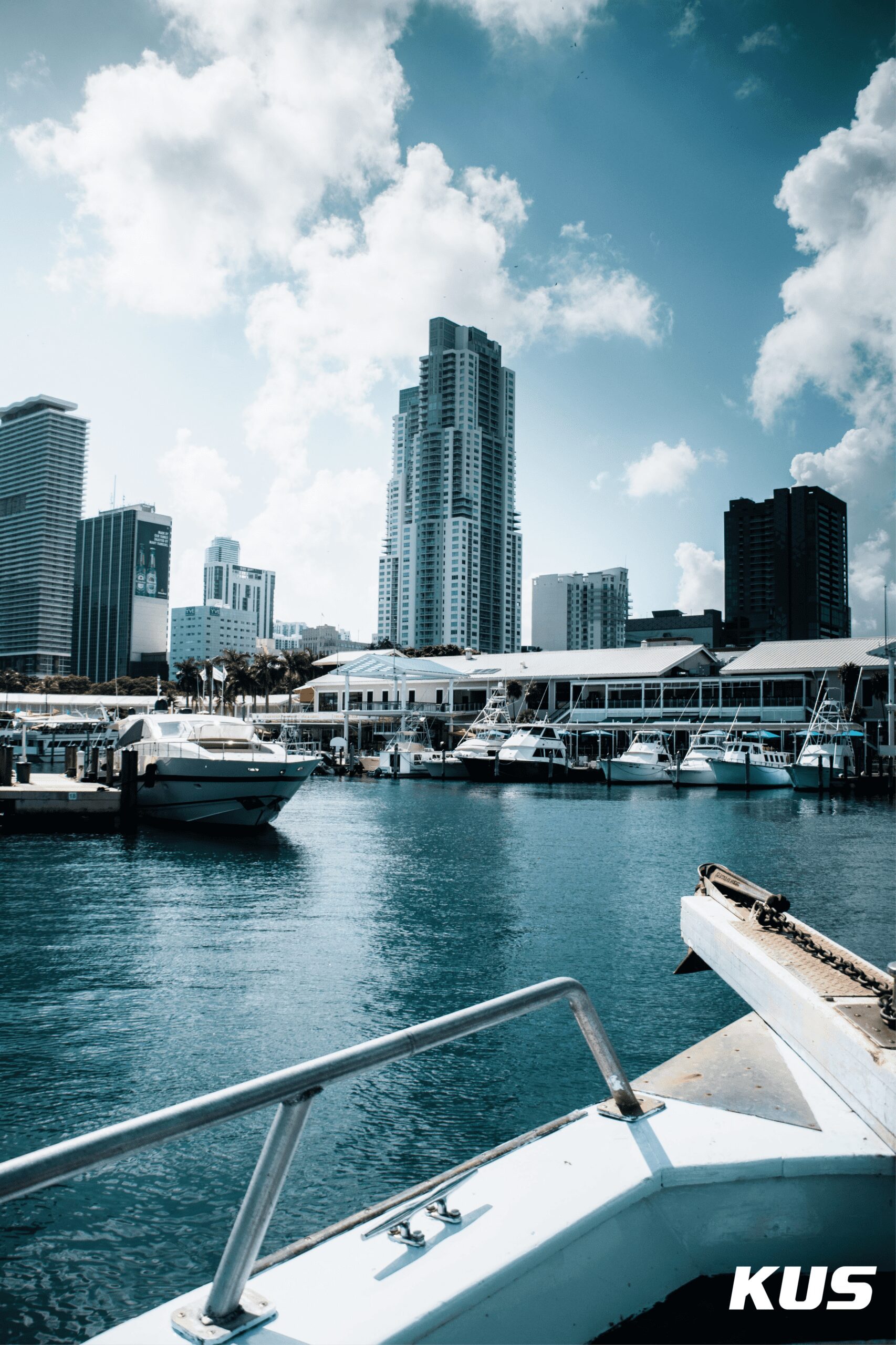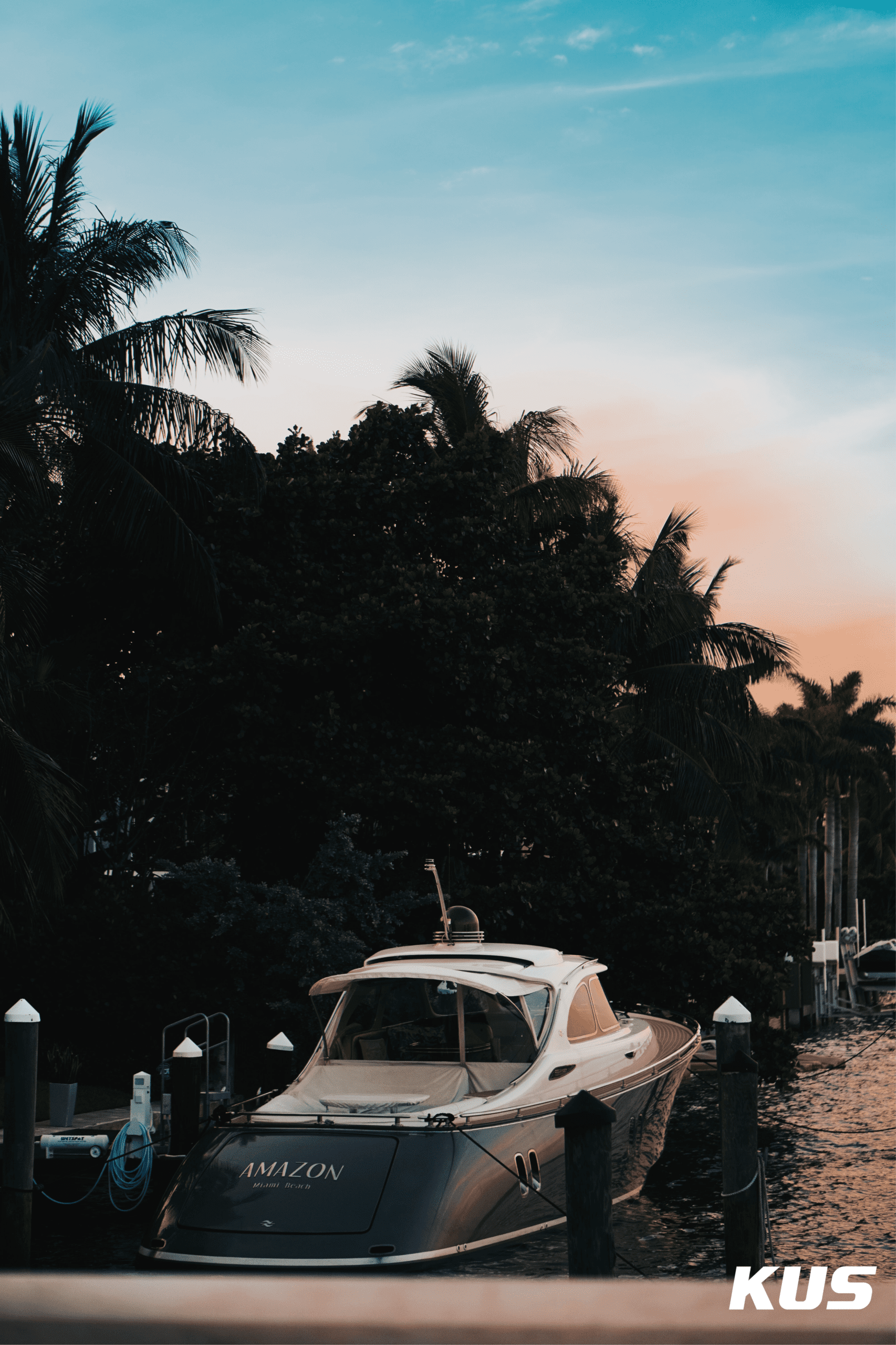Quite simply, NMEA 2000 has made the lives of marine enthusiasts and those who work in the industry a little bit simpler. It can improve safety, reduce repair costs, and make the integration process much easier. Some boaters are still working with NMEA 0183 or are in the process of switching out components. If you’re thinking of upgrading your vessel to NMEA 2000, read on for an understanding of how and why to proceed.
What Is NMEA 2000?
NMEA 2000, developed by National Marine Electronics Association in the late 1990s, provides a unified network for electronic devices on a marine vessel. It connects all instruments using a single data language, wiring color code, cabling, connectors, and plugs. It works with any marine-based boat, such as fishing boats, yachts, or sailboats.
NMEA 2000 connects devices using the Controller Area Network (CAN) technology originally developed for the auto industry. The plug-and-play interface allows devices made by different manufacturers and types to communicate with each other within the same network, without causing interference between devices.
How NMEA 2000 Improves on NMEA 0183
If you have an older boat, your controls may be set up on NMEA 0183 — the previous version of the network. NMEA 0183 dates back to 1992 with various upgrades taking place along the way.

The relationship between NMEA 2000 and NMEA 0183 is similar to the relationship between an automatic and manual type transmission in the sense that, NMEA 2000 requires a much lower cognitive and skill threshold to properly utilize and therefore requires much less troubleshooting either by yourself or a skilled technician.
Better Organization
These old systems used numerous wires of various lengths, which tended to be unorganized and unsightly. More importantly, the instruments could not share data. With more than three or four units listening to the data, there was the risk that the signal would become too diluted to read. Even worse, multiple units could talk over each other and confuse the repeaters. Because of its inefficiencies due to dated electrical technology, the system typically pulled a lot of battery power.

To get all of the devices talking to each other, boaters sometimes relied on third-party equipment to connect everything. These additions still created more complications and potential sources of issues such as with placing too much voltage on one line which could result in either a part being short circuited or a line being rendered useless due to excess unregulated voltage.
Now, with NMEA 2000, you use only one “backbone” wire, to which you connect corresponding devices. A big benefit to using a backbone connector is that the units don’t have to be all from one manufacturer. The devices are connected to the backbone by shorter devices referred to as “drops.” The cable for NMEA2000 devices uses standardized “T” connectors for a more permanent connection than an electrical plug and outlet.
Faster Data Transfer
One backbone connector replaces 50 NMEA 0183 interconnections and can handle the data content of 50 to 100 NMEA 0183 data streams. That means NMEA 2000 is 50 times
faster than its predecessor. It can process 250,000 bits per second compared with 4,800 bits per second for NMEA 0183. It uses a compact binary message format as opposed to the ASCII serial communications protocol and supports a disciplined multiple-talker, multiple-listener data network as opposed to a single-talker, multiple-listener (simplex) serial communications protocol. Information is either “pulled” or “pushed” on the CAN BUS, automatically making it a much more efficient internal communication tool.
With NMEA 2000, users no longer have to worry about making errors and adjusting over time as they had done with NMEA 0183. The only underlying factor in terms of optimizing communication is setting up the CAN BUS properly.
Can I Upgrade One Device at a Time?
Sometimes, you don’t want to dive into a full upgrade all at once. With its modular nature, NMEA 2000 offers that flexibility. Because you can connect devices from different manufacturers, you can keep some and replace others. In some cases, as parts wear out you need to replace them with something different anyway; the company you normally use may have stopped making them or been acquired by a competitor.
When you’re ready to upgrade to NMEA 2000 you can get “starter kits” that bridge the gap from NMEA 0183. For example, you may need your new GPS to communicate with your old VHF radio. Starter kits include everything you need and then some to get a general idea of how the tangible aspects of the NMEA 2000 interface work. From a starter kit, if you need more of one component, typically companies will offer an add on for a moderate cost so you can build out your network with exactly the components you need.
As you swap out components, it’s a good idea to balance the network with the same number of instruments on either side of the power feed. NMEA 2000 devices are easy to connect and disconnect. NMEA 2000 devices use a screw-on type interface, this allows users to remove and add additional devices in tight or difficult spaces without having to remove whole portions of the network. This makes NMEA 2000 easier to repair or connect a laptop to so a technician can troubleshoot problems.
Can I Upgrade My Boat to NMEA 2000 Myself?
The majority of marine vessels currently in operation are still using the aging framework of NMEA 0183. Recreational

markets are gradually transitioning to NMEA 2000 since recreational boaters tend to buy new vessels more frequently, which means newer technology interfaces and modes.
Simplicity and color coding with NMEA 2000 make installation relatively easy for boaters who are used to doing their own work. Always keep in mind, however, that correct installation is important for safety. If you’re unsure how to perform an installation correctly, consult a professional.
Challenges for DIYers may arise when a job blends NMEA 0183 with NMEA 2000, and multiple sensors and antennas enter the picture. When you need some help getting up to speed, NMEA offers two training programs in the form of single day classes referred

to as basic and advanced marine installer, as well as a commercial certification in marine electronics (CMET).
If you decide to leave the work to the pros, it’s a good idea to find a NMEA certified installer, particularly one who is certified and experienced with the brand of instruments you’re using. Hiring an installer often comes with support after the sale — a welcome perk in the case of a problem.
Choosing KUS Parts for Your NMEA 2000 System
For long term quality you can trust, ask your dealer or mechanic for KUS components. KUS offers a multitude of NMEA 2000 products to fit your needs such as accessories, gauge instrumentation, and liquid level senders, all of which are certified by the NMEA by passing their testing rigorous testing standards.
KUS offers NMEA 2000 backbones, connectors, and cables. Contact us directly for more information.
